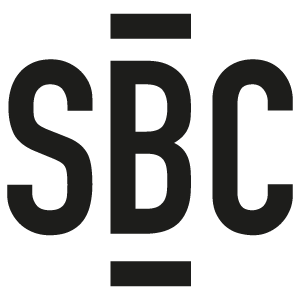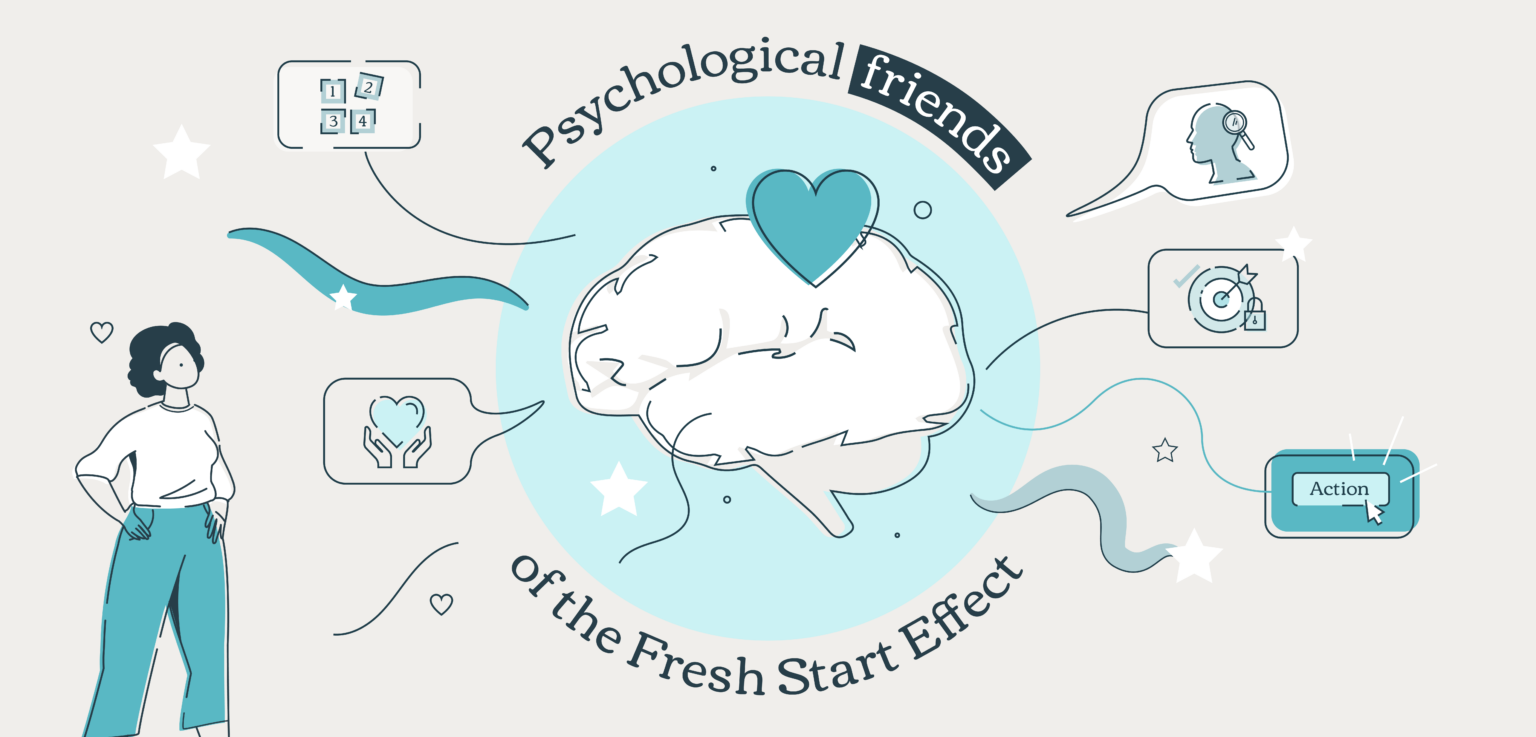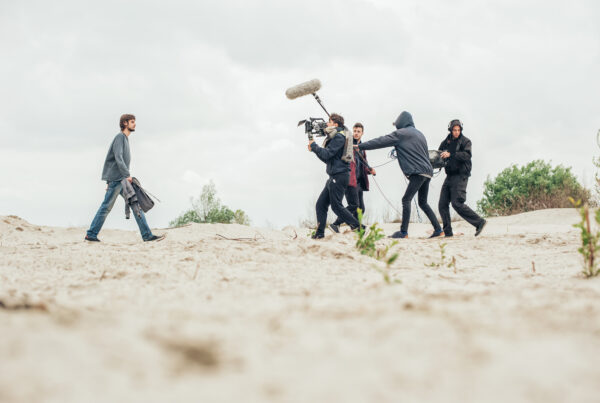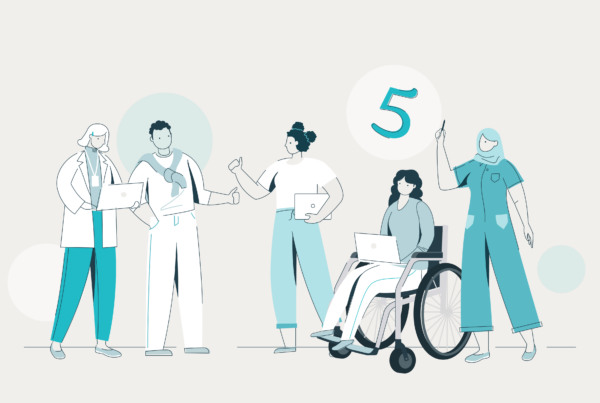Don’t fancy playing roulette with your resolutions? Last time we looked at some of the psychological hoodwinkery stopping you making the most of the fresh start effect – our tendency to take action around a key date or occasion.
Now we take a rosier view – hooray! – and see how science can help make your goals stick.
Because the fresh start effect can be for life, not just post-Christmas.
Friend Goals that are concrete
Be specific with what you want to achieve. In 1962, President John F. Kennedy said this: ‘We shall send to the moon 240,000 miles away, a giant rocket, more than 300 foot tall, on an untried mission to an unknown celestial body, and then return it safely to Earth.’
Seven years later, they had. Bravo for concreteness and specificity.
But that’s space. Let’s take something a little closer to home – milk. Two health professors at West Virginia University, Steve Booth-Butterfield and Bill Reger, were contemplating how to make people healthier. They wanted the average American to have a healthier diet – but ‘eat healthier’ is a somewhat woolly, abstract concept. How could they make this more concrete? Booth-Butterfield and Reger kept coming back to milk – the largest single source of saturated fat in the average US citizen’s diet. By switching to skimmed or 1% fat milk, they calculated, the average diet would reach the USDA recommended levels of saturated fat.
Bingo.
The resulting campaign, focussing on the concrete ‘drink 1% milk instead’ message (coupled with an ad highlighting that a glass of whole milk had the same fat levels as five strips of bacon – yet more concreteness) saw the market share of low-fat milk double in the intervention area.
You might not necessarily want to fly to the moon or drink fat-free milk, but for your goals to be truly potent you will want to make them concrete.
Friend Goals split into chunks
Chunking pleases your working memory by reducing the cognitive load placed upon it. Good news for your noodle, good news for your resolutions. So, to achieve a bigger goal, break it down into a handful of smaller ones.
Let’s suppose you want to write a book. And let’s suppose 2023 is the year you want to do it. Writing a book is an arduous, occasionally head-splitting, lengthy process. It’s easy for such a challenge to feel overwhelming. But you know what’s not overwhelming? Ordering a book on habit-forming or the science of storytelling. Nor is setting up a new document titled ‘2023 bestseller’. Making sure you sit down at your desk for 15 minutes every evening – even if at first you don’t write – isn’t tough going, either. Carrying a notebook around with you and jotting down thoughts isn’t hard. Transferring those thoughts to a document? A piece of cake. Do those things repeatedly and – like magic – a book pops out at the end of it (probably).
Apply this chunking logic to practically anything – running a marathon, learning a language, using behavioural insights in your day to day working life – and your goals are more likely to flourish.
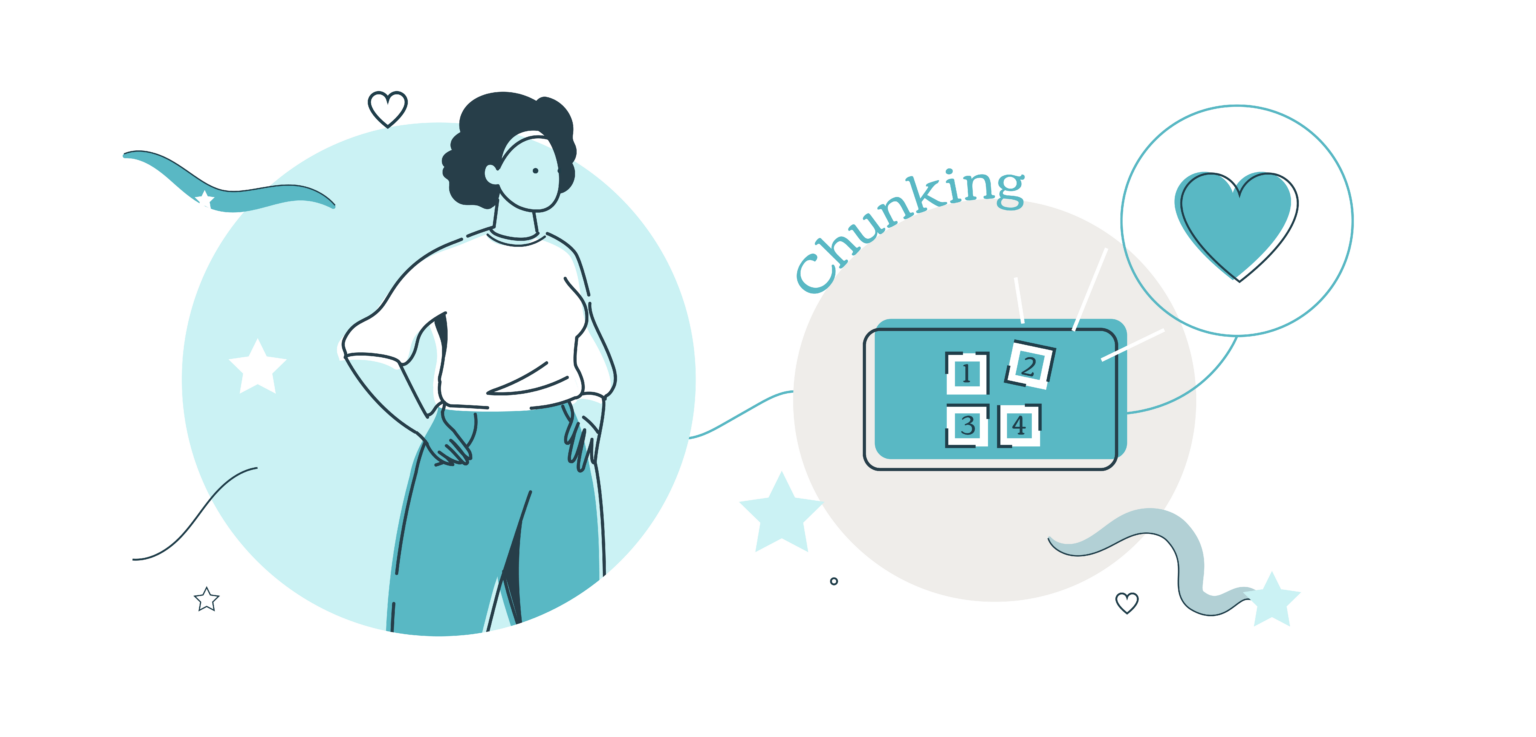
Friend Action bias
Decision-making experiments show that we disproportionately stick with the status quo. Yet when faced with problems or tackling challenges, we tend to plump for action over inaction. Think about the times you’ve stewed in traffic and heard other drivers (not you, of course) pointlessly honk their horns. Or those times where other people (not you, of course) have prodded away at buttons on lifts or road crossings, despite knowing that doing nothing (inaction) has the same effect as doing something (action).
Which may sound ever-so-slightly dispiriting. But fear not. Knowledge is power and recognising our in-built predilection for action means that we can work with it. Direct this bias towards positive outcomes and achieving your goals – rather than doing something, anything, just for the sake of it.
Friend Goals linked to your identity
Cognitive dissonance is a kind of mental conflict where our beliefs and values don’t tally with our actions. So, link goals to your identity and your, well, you-ness. ‘Identities are central to the way people make decisions, any change that violates someone’s identity is likely doomed to failure,’ say Chip and Dan Heath in their (frankly marvellous) book about change, Switch.
Behavioural scientist Katy Milkman got this. Prof Milkman loved the Hunger Games and other gripping fiction. But she was less keen on going to the gym. The solution? Going to the gym with her favourite audiobooks being piped into her ears – meaning she flew through her workouts and managed to regularly hit the gym five days a week. By tying her sure-footed book-loving identity to her less secure gym-going identity, she made this new behaviour stick.
Friend Goals that are behavioural. (And easy.)
Say you want to use behavioural science more in your work life. So, first step, you decide you want to learn about behavioural science. But there’s a problem. ‘Knowing more about behavioural science’ isn’t in itself a behaviour. But buying more books on behavioural science is a behaviour. So is reading them. So, too, is taking a behavioural science course. By translating your goals into actual, measurable behaviours you’re more likely to accomplish them.
And ideally, you’d want to make these behaviours easy. Richard Thaler’s number-one mantra from the bestselling Nudge? ‘Make it easy’. This, he says, is ‘kind of obvious but easy to miss.’ Easy, behavioural-based goals – once identified – are the most likely to succeed.
